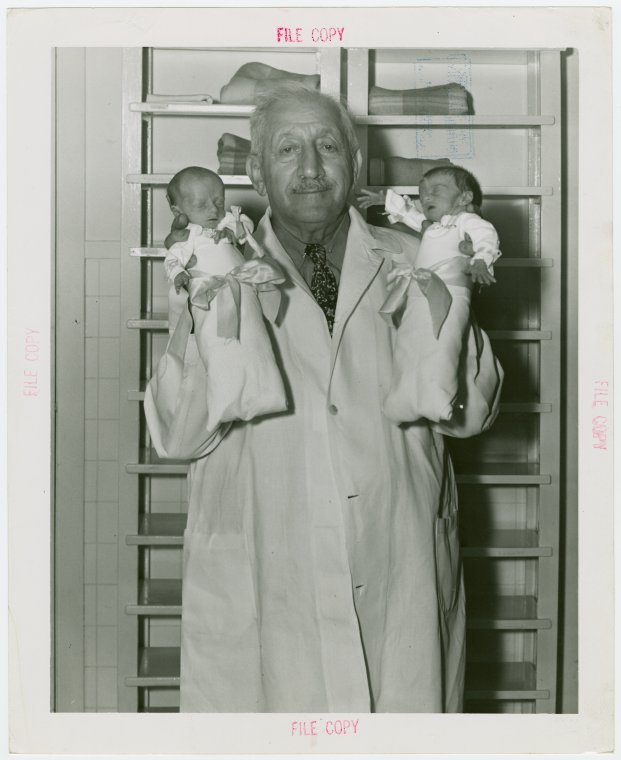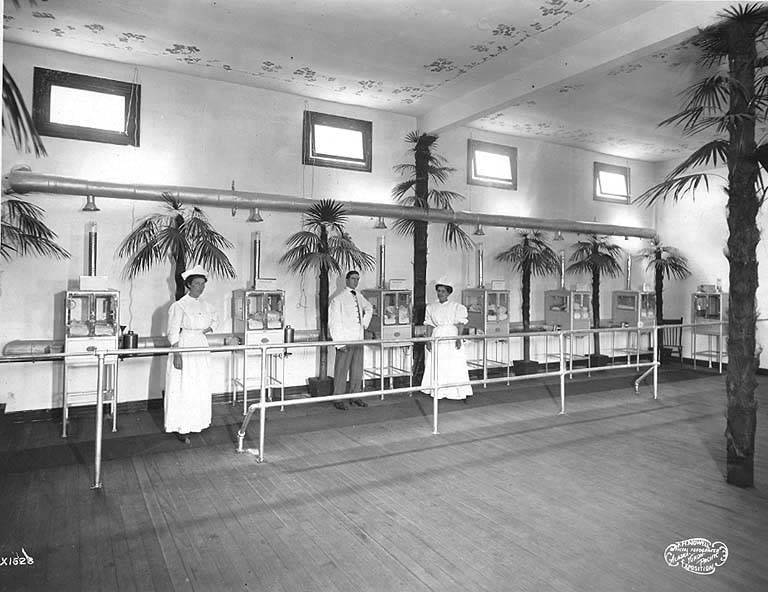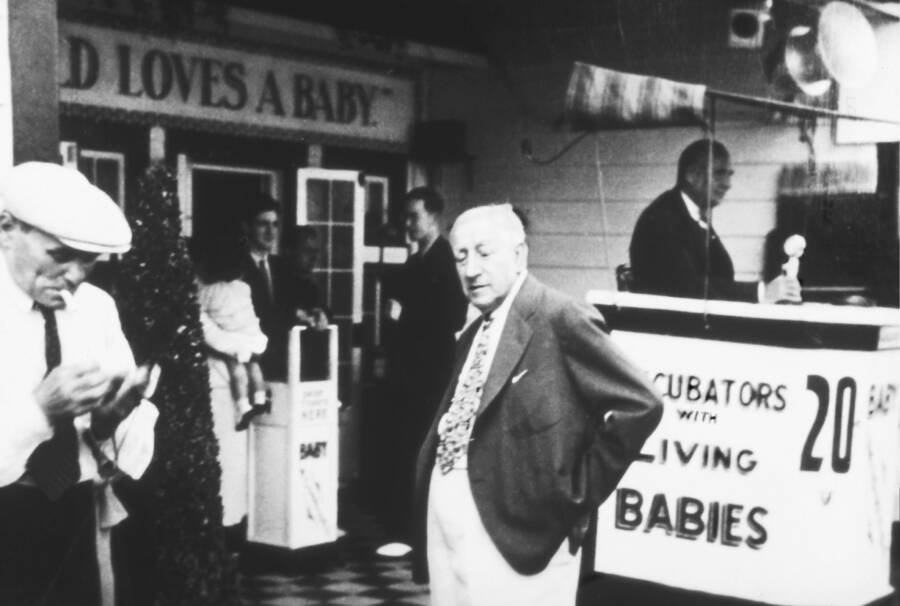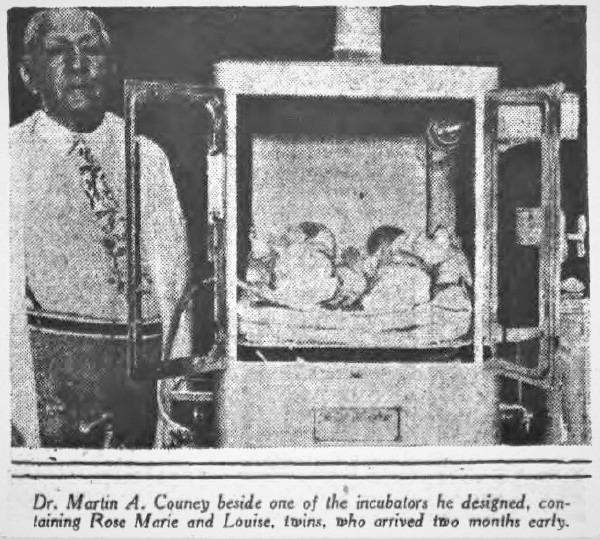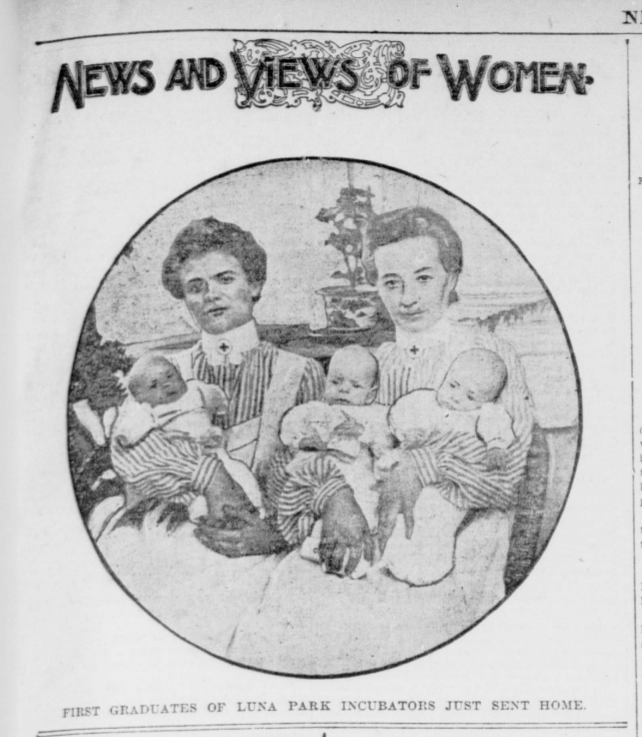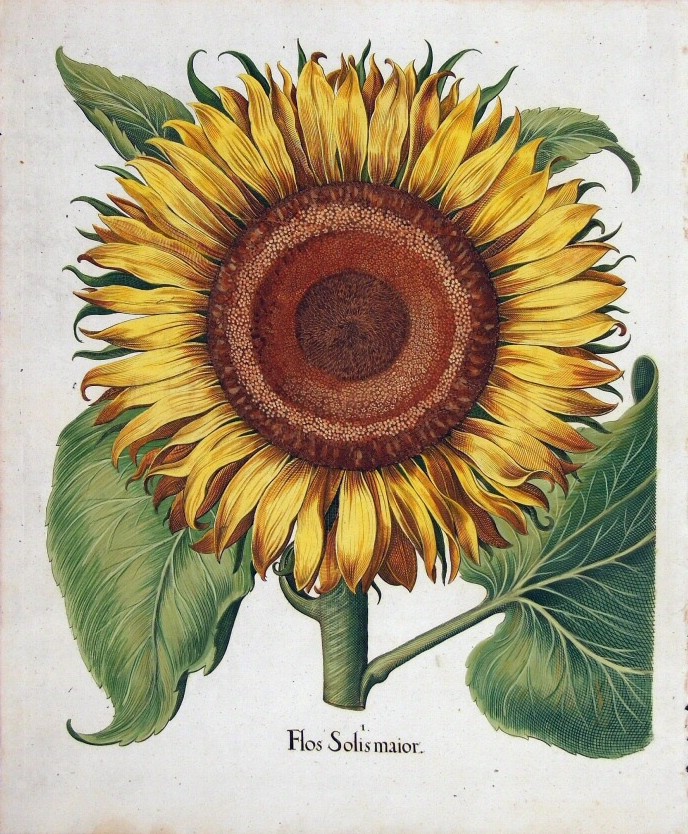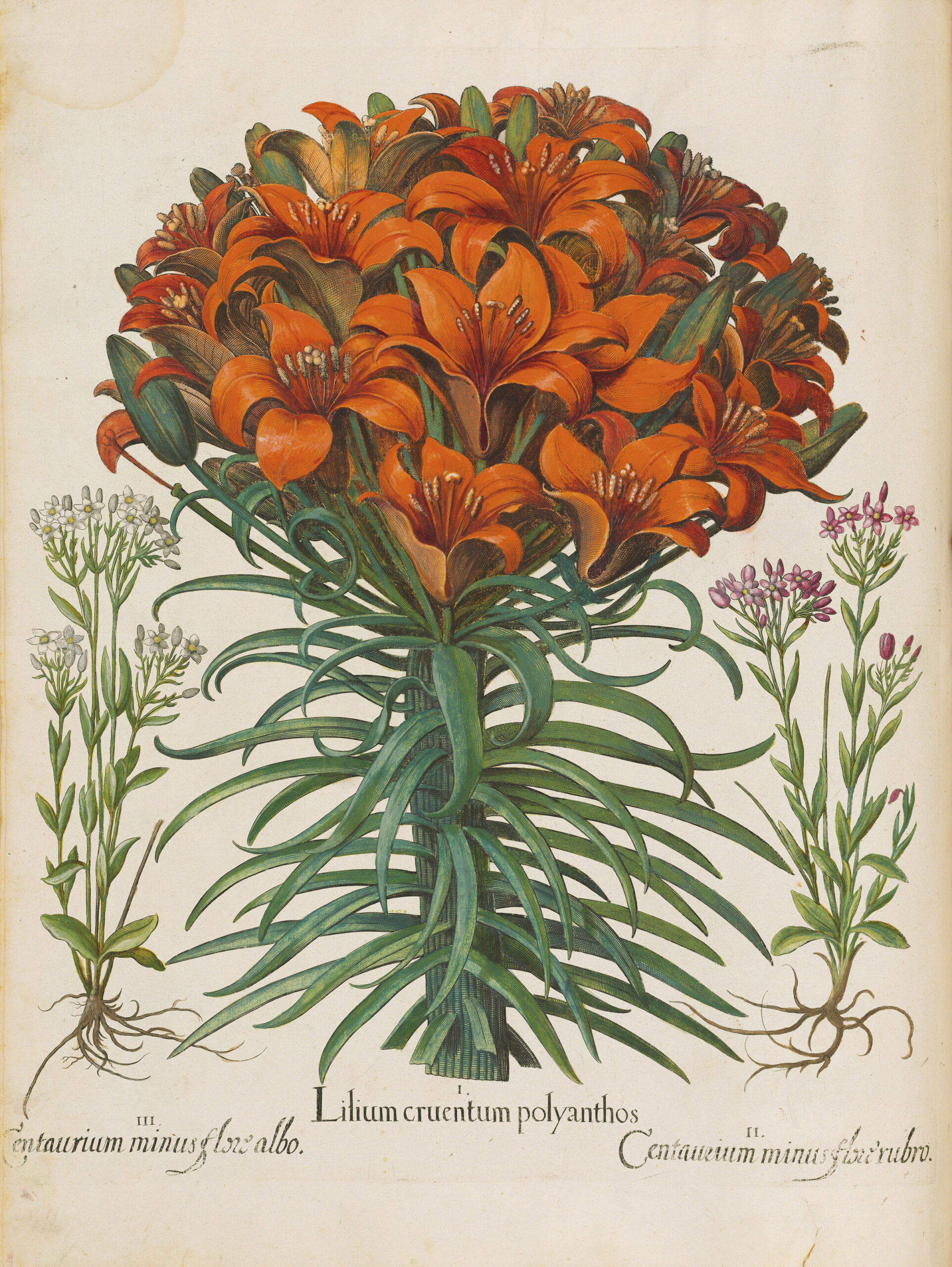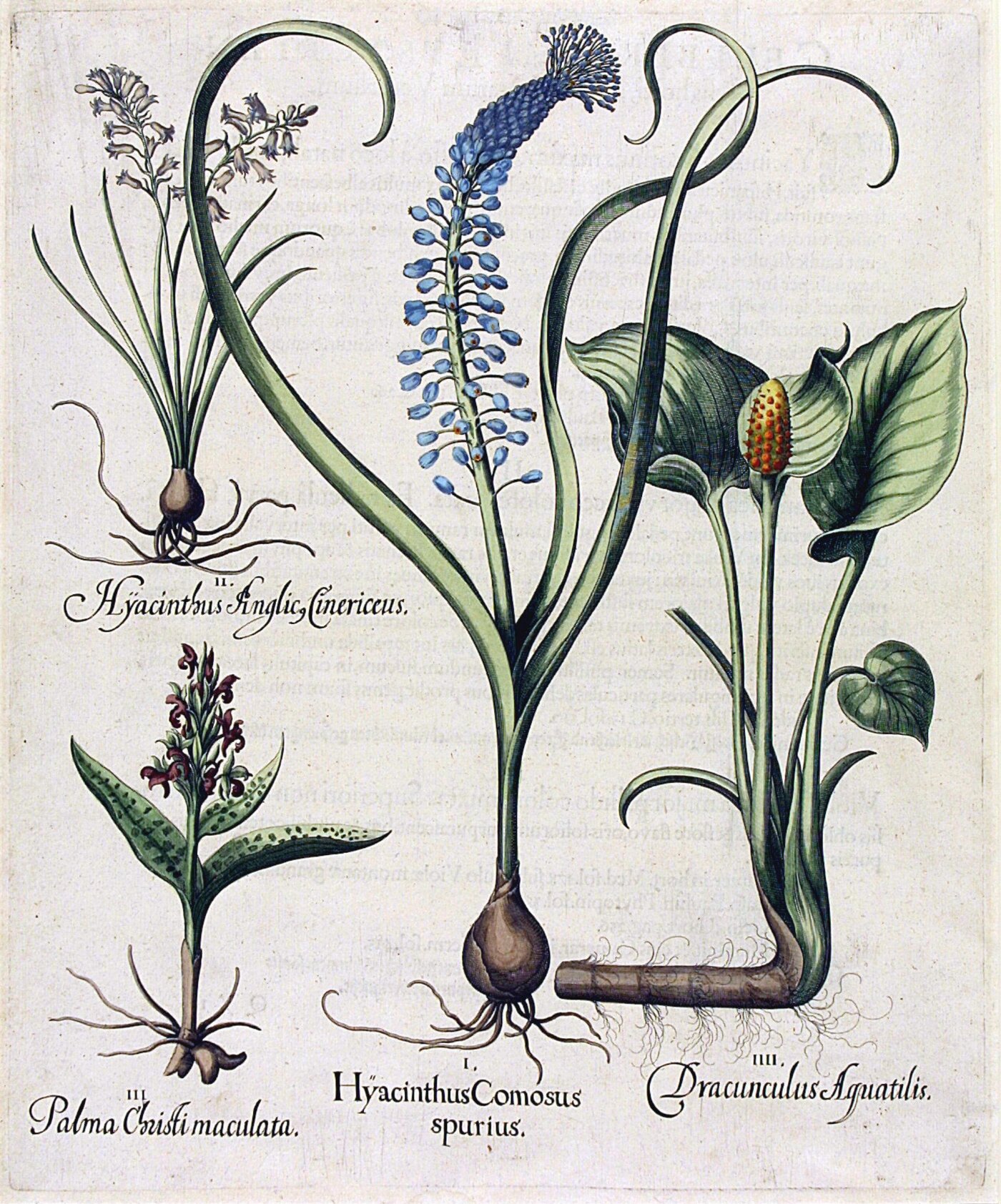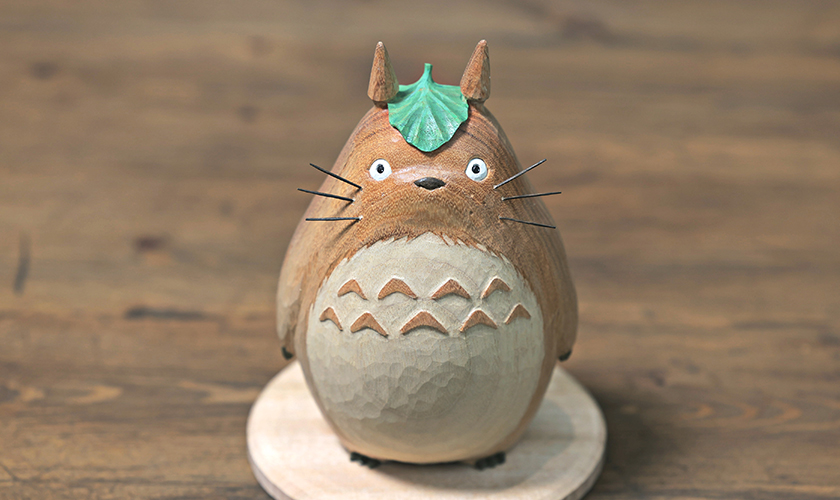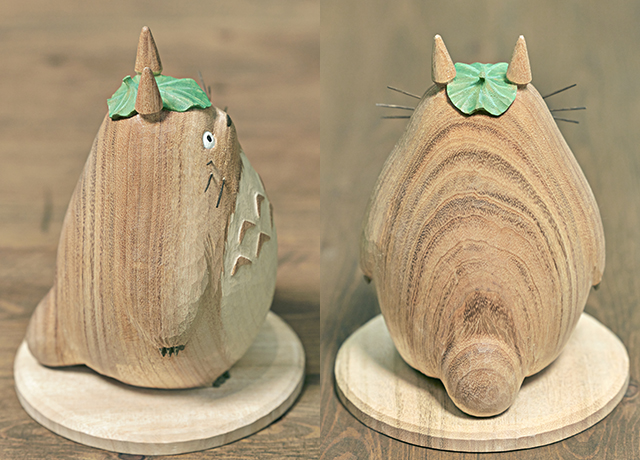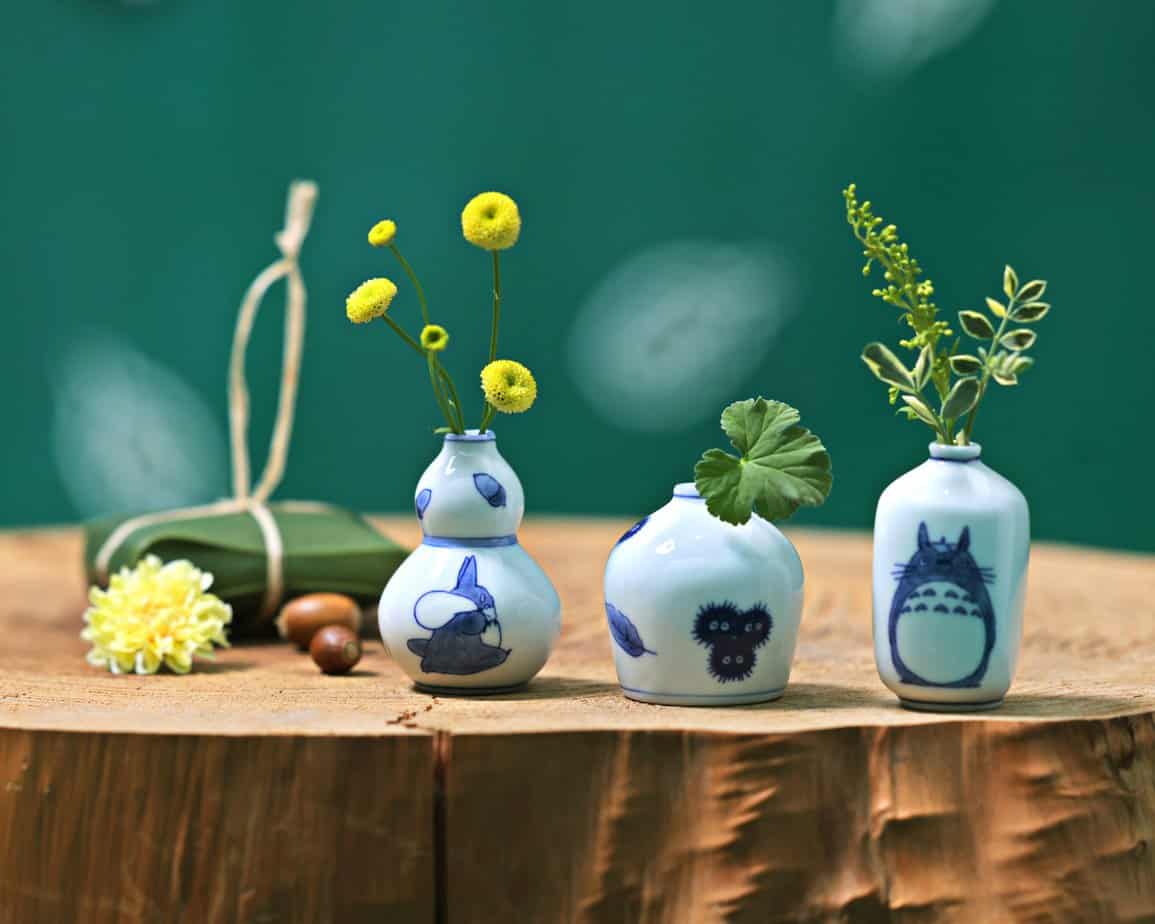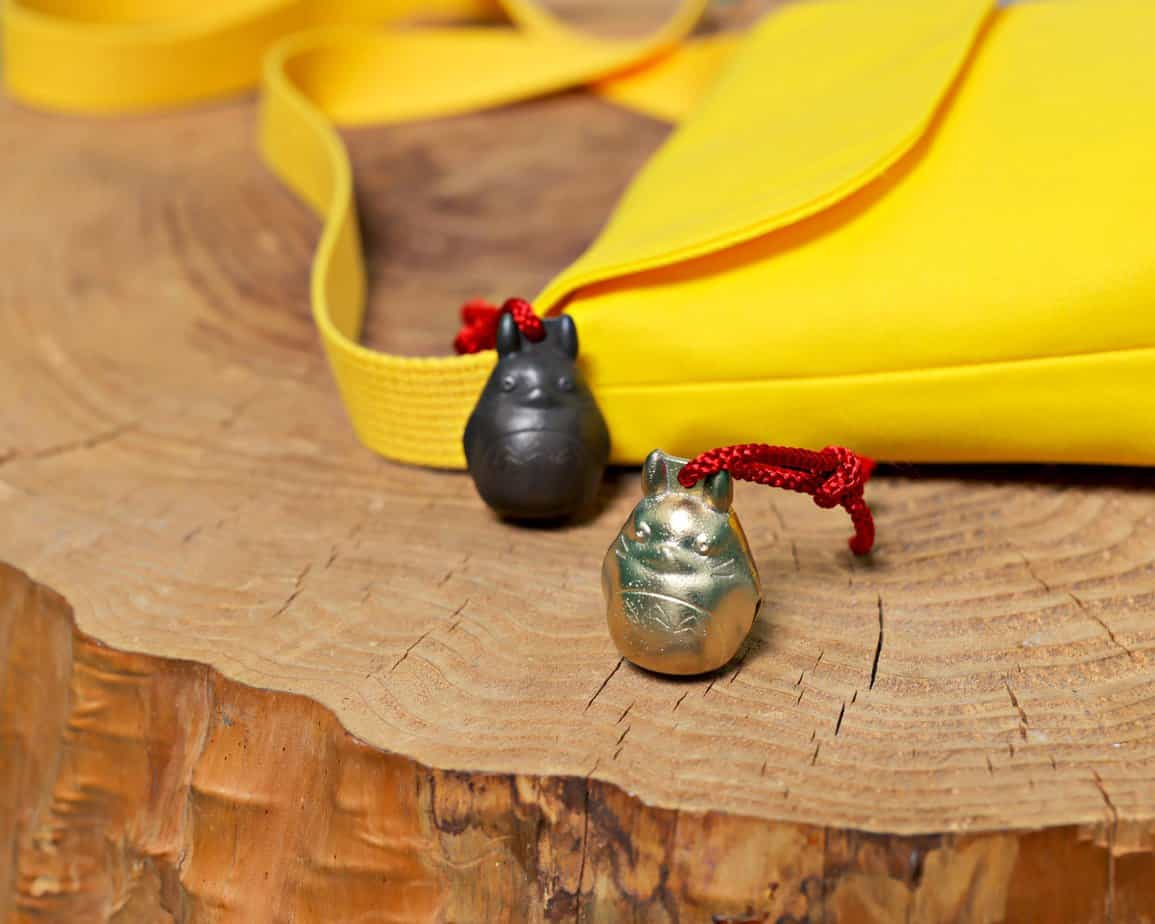After serving two terms as the first President of the United States of America, George Washington refused to continue on to a third. We now see this action as beginning the tradition of peaceful relinquishment of power that has continued more or less ever since (interrupted, as in recent years, by the occasional troubled transition). At the time, not everyone expected Washington to step down, history having mostly offered examples of rulers who hung on until the bitter end. But the new republic’s creation of not just rules but customs resulted in a variety of unusual political events; even Washington’s election was “weirder than you think.”
So declares history Youtuber Premodernist in the video above, an explanation of the very first United States presidential election in 1789. “There were no official candidates. There was no campaigning for the office. There were no political parties, no nominating conventions, no primary elections. The entire election season was very short, and the major issue of this election was the Constitution itself.” It also took place after thirteen president-free years, the U.S. having been not a single country but “a collection of thirteen separate colonies,” each tied more closely to Britain than to the others; there hadn’t even been a federal government per se.
The U.S. Constitution changed that. Drafted in 1787, it proposed the executive, legislative, and judicial branches of government, whose names every American who’s taken a citizenship exam (and every immigrant who’s taken the citizen test) remembers. Setting up those branches in reality would prove no easy task: how, to name just one practical question, would the executive — the president — actually be chosen? Congress, the legislative branch, could theoretically do it, but that would violate the now practically sacred principle of the separation of powers. The voters could also elect the president directly, but the framers rejected that option as both impractical and unwise.
Enter “the famous electoral college,” a body of specialized voters chosen by the individual states in any manner they please. Having rejected the Constitution itself, North Carolina and Rhode Island didn’t participate in the 1789 election. Each of the other states chose their electors in its own way (exemplifying the political laboratory of American federalism as originally conceived), though it didn’t go smoothly in every case: the widespread division between federalists and anti-federalists was pronounced enough in New York to create a deadlock that prevented the state from choosing any electors at all. The electors that did make it cast two votes each, with the first-place candidate becoming President and the second-place candidate becoming Vice President.
That last proved to be a “bad system,” whose mechanics encouraged a great deal of scheming, intrigue, and strategic voting (even by the subsequently established standards of American politics). Only with the ratification of the twelfth amendment, in 1804, could electors separately designate their choice of President and Vice President. In 1789, of course, “Washington easily got all 69 electoral votes,” and went on reluctantly to prevail again in the next presidential election, which more recently became the subject of its own Premodernist video. Both of them merit a watch in this particular moment, as the run-up to the U.S. contest of 2024 gets into full swing. This election cycle certainly won’t be as short as 1789, but it may well be as weird.
Related content:
Sal Khan & the Muppets’ Grover Explain the Electoral College
Electing a US President in Plain English
George Washington’s 110 Rules for Civility and Decent Behavior
Based in Seoul, Colin Marshall writes and broadcasts on cities, language, and culture. His projects include the Substack newsletter Books on Cities, the book The Stateless City: a Walk through 21st-Century Los Angeles and the video series The City in Cinema. Follow him on Twitter at @colinmarshall or on Facebook.

